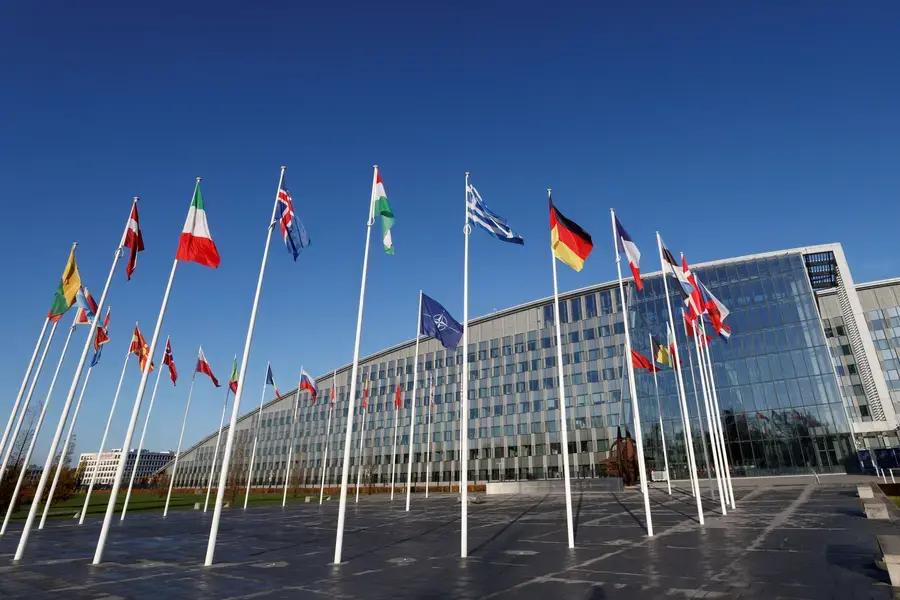The President’s Inbox Recap: The Case for Liberal Internationalism

This week, Jim sat down with John Ikenberry, the Albert G. Milbank Professor of politics and international affairs at Princeton University, to discuss the case for liberal internationalism. The episode is the second in an ongoing series on The President’s Inbox that between now and the November election will periodically examine contending perspectives on U.S. grand strategy.
A New U.S. Grand Strategy: The Case for Liberal Internationalism, With G. John Ikenberry
G. John Ikenberry, the Albert G. Milbank Professor of politics and international affairs at Princeton University, sits down with James M. Lindsay to discuss whether liberal internationalism and U.S. global leadership are fit for purpose in the twenty-first century. This episode is the second in a special TPI series on U.S. grand strategy.
Here are three highlights from their conversation:
1.) Proponents of liberal internationalism favor a world order based on rule of law that promotes democratic values. John defined liberal internationalism as “a vision of international order marked by openness, loosely rule-based relations, and progressive social purposes.” The tradition of liberal internationalism is often attributed to former President Woodrow Wilson, who more than a century ago advocated for multilateral institutions like the League of Nations. John argued, however, that calls for liberal internationalism actually dates back some 250 years.
More on:
2.) The liberal international order that the United States created after World War II is being challenged. The order that has dominated global affairs for the past eight decades has been, as John put it, “tied to the United States, the U.S. dollar, the U.S. economy.” But in recent years, U.S. geopolitical primacy and the broader international order it spawned have been challenged by countries such as China and Russia. They prefer a global order that reflects power politics and is more congenial to their interests and the interests of fellow autocracies.
3.) The United States can and should work to sustain the liberal international order. John argued that first and foremost the United States needs to “defend” its record as “the global balancer operating to support friendly states that want to keep Europe and Asia open.” Then the United States should work to ensure that the world’s liberal democracies remain aligned because there is strength in numbers. John cautioned that he wasn’t “arguing for a simple ideological struggle between democracies and autocracies, but to acknowledge that the liberal democracies do have some unique interests in common, and the international order they want to create needs to be oriented towards making good on those objectives.” Last, John urged the United States to take steps to show countries in the Global South that they, too, have a stake in sustaining the liberal international order. Rather than lecturing countries that are tempted to follow China’s lead, the United States and the West should speak about “risk reduction, management of interdependence, principles that can bring us together, transparency, best practices, having institutions for decision-making be coterminous with the realm in which the problem that institution calls for encompasses.”
If you’re looking to read more of John Ikenberry’s work, check out his most recent book A World Safe for Democracy: Liberal Internationalism and the Crises of Global Order, which traces the tradition of liberal internationalism over the last 250 years.
More on:
 Online Store
Online Store
